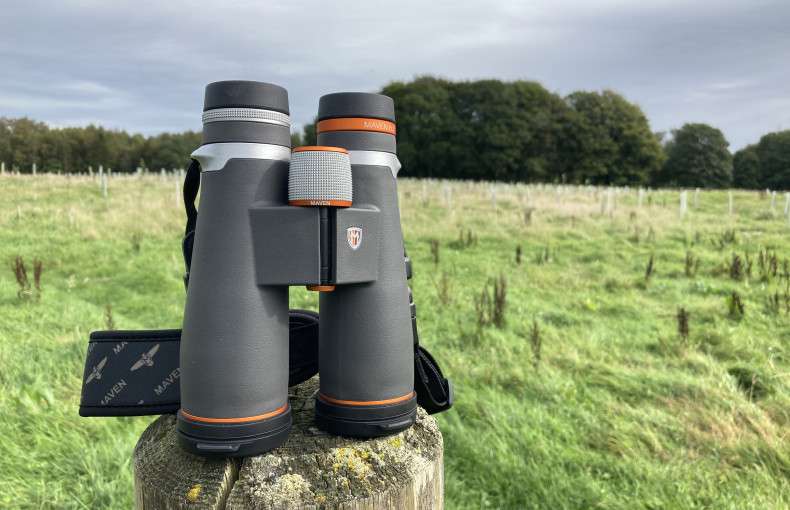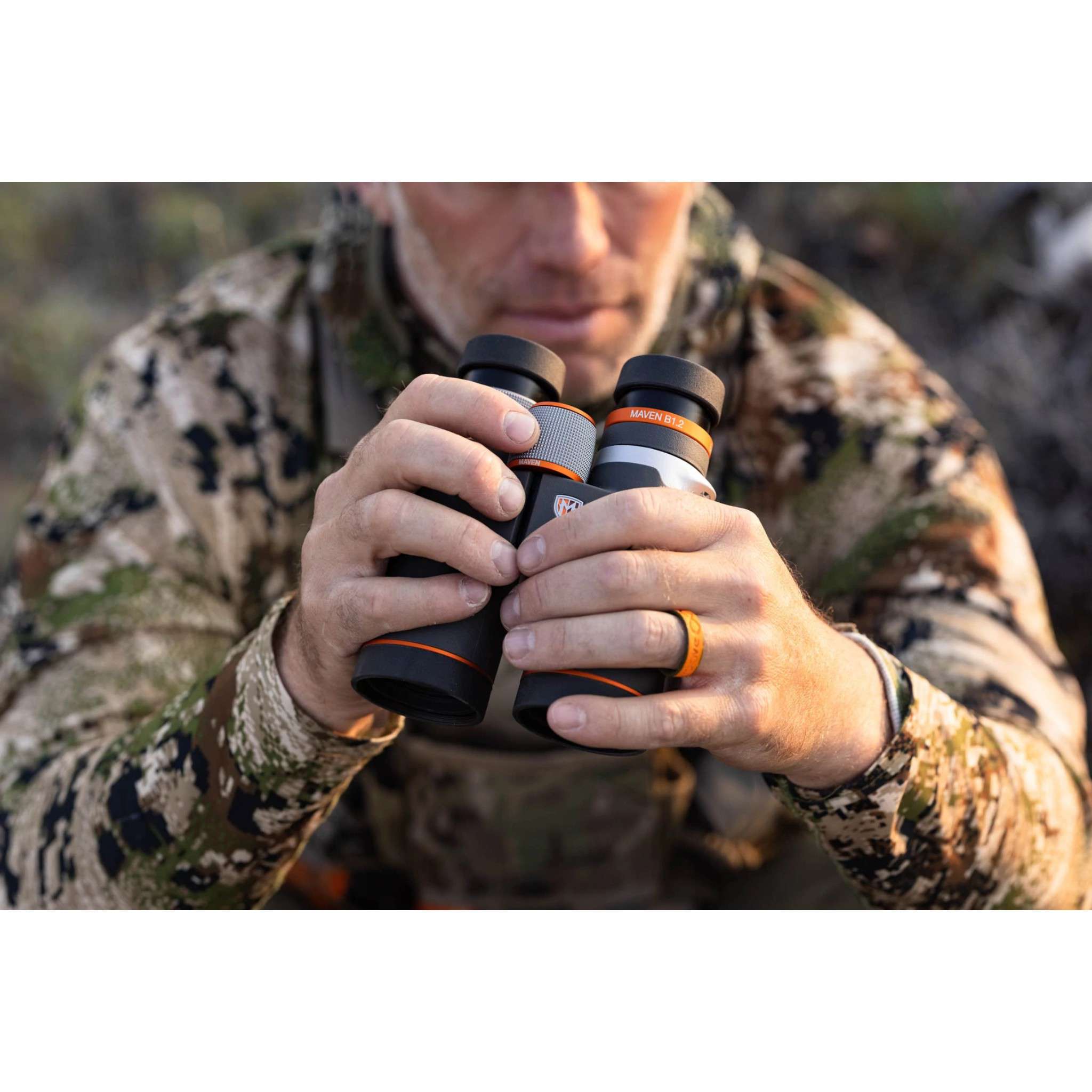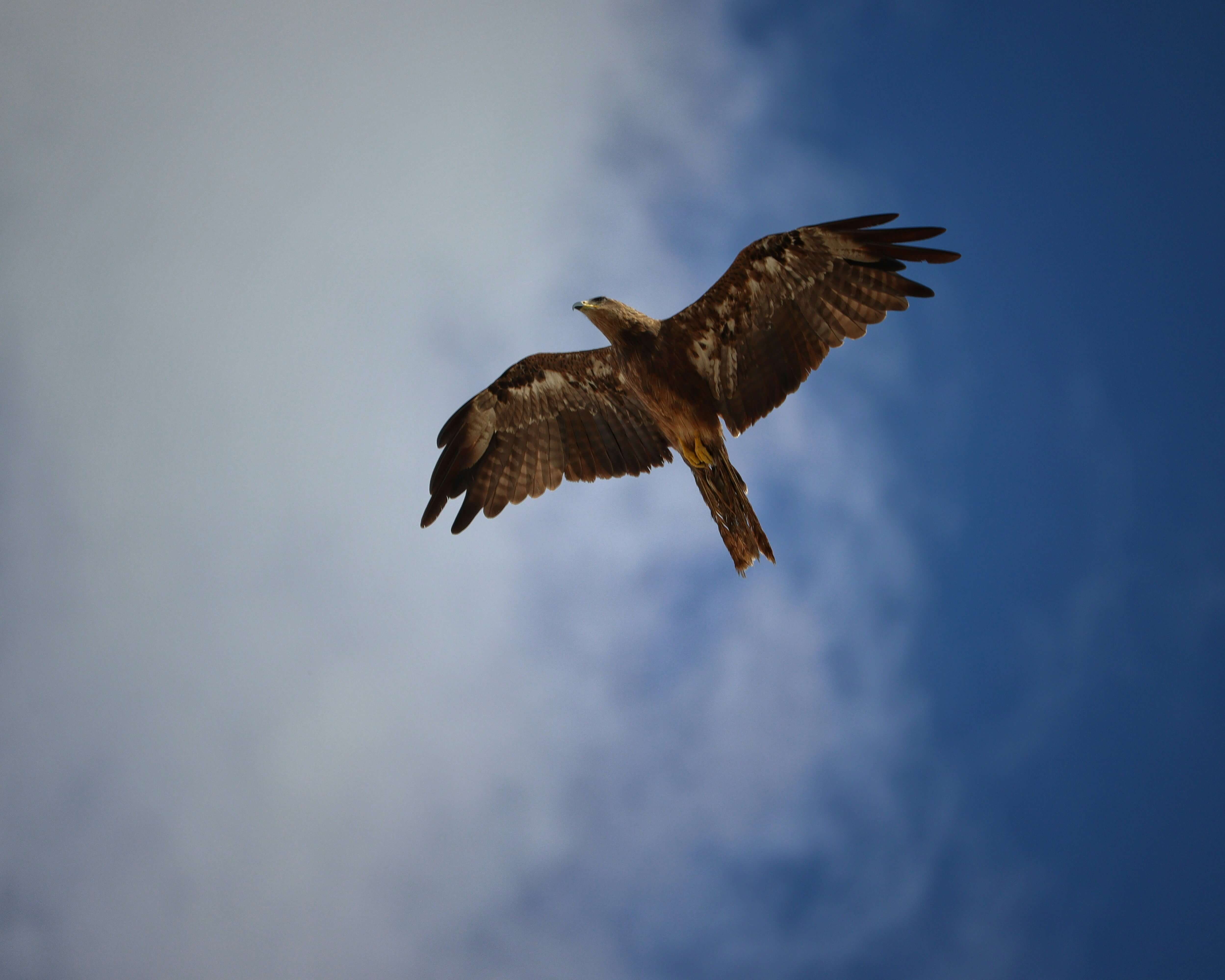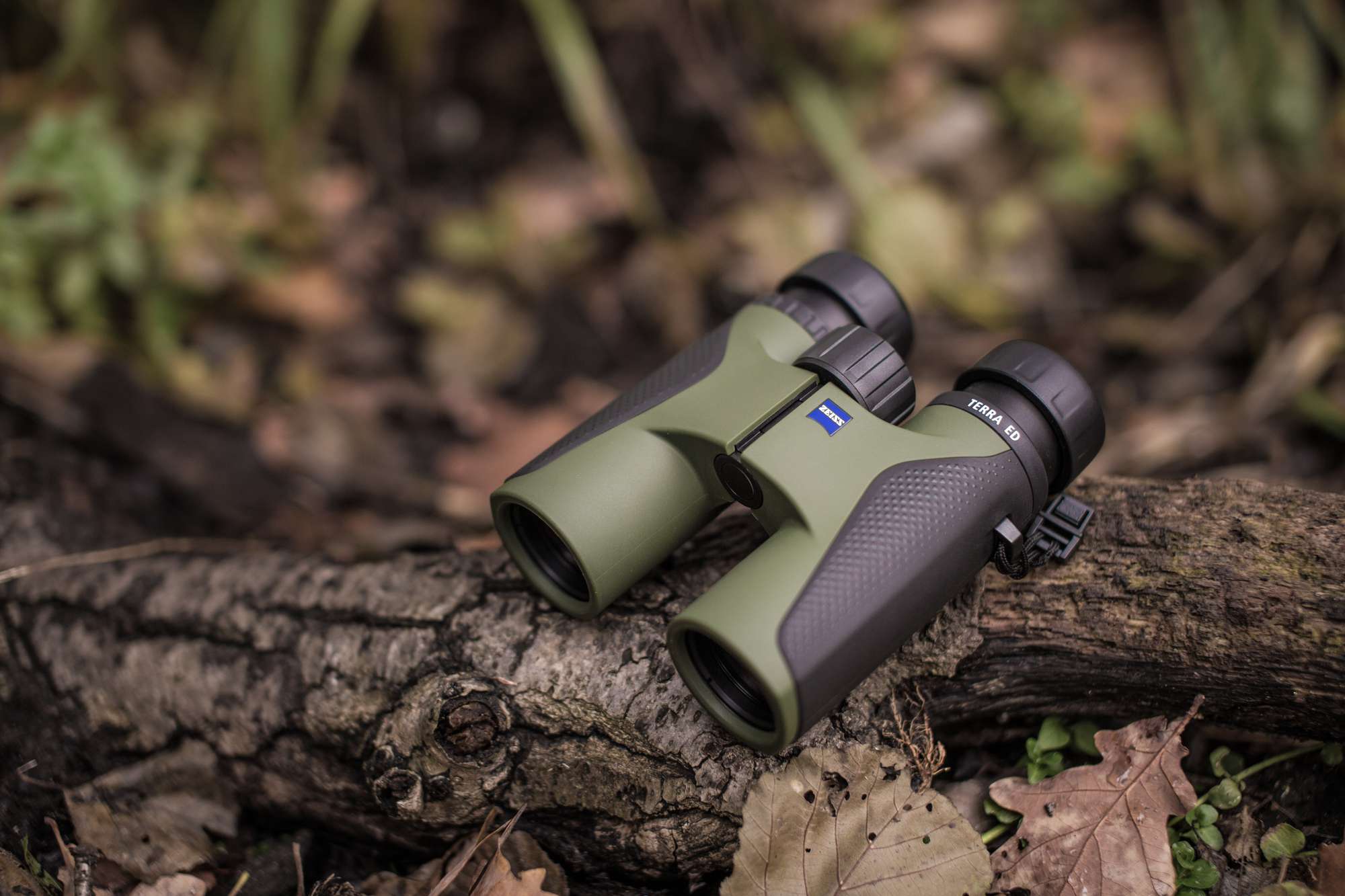May 10, 2024 / in Wildlife

There comes a point in a birdwatcher’s journey that we begin to wonder if our binoculars could do with an upgrade. Whether you’re going out every day or once a month, the cheap pair of binoculars you bought “just to try it out” now seem to be getting in your way. You might be asking yourself what is reasonable, and whether expensive binoculars are really worth it.
Perhaps you can’t see the coloured feather patterns of birds and are struggling to identify them. You could be struggling to focus quickly enough to get a good view. Or maybe your binoculars are simply looking a bit worse for wear. Here are some common reasons why people choose to upgrade to better binoculars.
If you’ve been using the same binoculars for a few years, there will be some wear and tear.
It might be time to upgrade if:
If you bought the best in class a few years ago, there are likely improved models available today that can offer better magnification, clearer images, higher colour fidelity and more.
Newer binoculars are often lighter than a pair made 20 years ago, as material sciences have developed.
Your first set of birding binoculars was entry-level and great for practising. But there may be something missing that would elevate your experience, such as a new feature to match your improved skill level. Having stuck it out and worked hard on birdwatching, isn’t it time to level up?
If you’re going to invest in a better binocular, it’s best to do some research. We’ve summarised some features that will help you differentiate between the models available and added some suggestions for binoculars that score highly on these features.
Magnification is particularly important for long-distance birdwatching, such as spotting raptors, hawks, shorebirds and seabirds. 10x magnification is great for this type of birding, though many find 8x or 8.5x sufficient.

It’s worth noting that 10x needs steady hands or something to support your binoculars, such as a tripod, branch or car roof. Any small movement you make with the binoculars is magnified by 10, so it’s easy to lose your subject and struggle to make clear observations.
Our Suggestion: Maven B1.2 10x42 Binoculars: £1049.99 - 10x magnification
Increasing the size of the objective lens is a common reason for upgrading binoculars. Too small and you’ll have dim images with little colour contrast, making it hard to see the birds’ markings, particularly in low winter light.
With a wider objective lens, you get much more light and definition. It’s worth aiming for a 40mm lens at least for a mid-size binocular, or 56mm for full-size.

More expensive binoculars often have better glass in the lenses, which provides a clearer view than cheaper models. This is known as ED glass or Extra-low Dispersion glass, and it concentrates colours to produce a sharper image with higher colour contrast.
In many premium models, this includes lens coating, which reduces the amount of light reflecting off the lens surface and increases the light entering the optic. Coatings can also protect the lenses from scratches, water and UV light damage.
All in all, the quality of lens in premium binoculars offer crisper colours, better light, and a brighter image. This makes it easier to identify birds by their colouring and feather patterns.
Our Suggestion: Maven B2 9 x 45 Binoculars: £1199.99 - 44mm Lens
Unless you use a tripod, birdwatching often involves holding your binoculars at eye level for long periods.
Newer models of binoculars are often lighter. Some have a carbon fibre or magnesium housing which is less dense than traditional materials. Others offer a better optic in a smaller package.
Our Suggestion: Maven C1 10x42 Binoculars: £449.99 - only 695g (24.5oz)
Manufacturers are aware that you don’t want to spend money on a good pair of binoculars only to drop them on your first outing. Most of the more expensive models have a rubber or silicone coating on the barrels to make them easier to grip.

These coatings also improve your camouflage as they reflect less light and make less noise when you use them, helping you hide long enough to see the shyer birds around.
Our Suggestion: Zeiss Terra 10x42 Binoculars: £530
Short answer: Yes.
Premium binocular models have a wide price range, with some around £400 and others over £1000. The price reflects the quality of the lenses and prisms used in their construction, as well as the materials and design.
Paying more than a few hundred for a set of binoculars gives you excellent quality that cannot be matched with cheaper materials.
We hope you feel more confident in choosing to level up your birdwatching experience with a new set of binoculars, and more able to select the right model for you. If you’d like more advice, our team are always ready to speak to you and help you make a good choice.
Jul 12, 2024 by
May 10, 2024 by
Subscribe to get information about products and special offers

WildlifeCam Ltd is a credit broker, not a lender, and is authorised and regulated by the Financial Conduct Authority No 997540
We do not charge for credit broking services, we introduce you exclusively to Klarna
Shop and pay the Klarna way - join 150 million customers and choose flexible payments, lightning-fast checkout and secure shopping at WildlifeCam Ltd.
For more information please click here.
